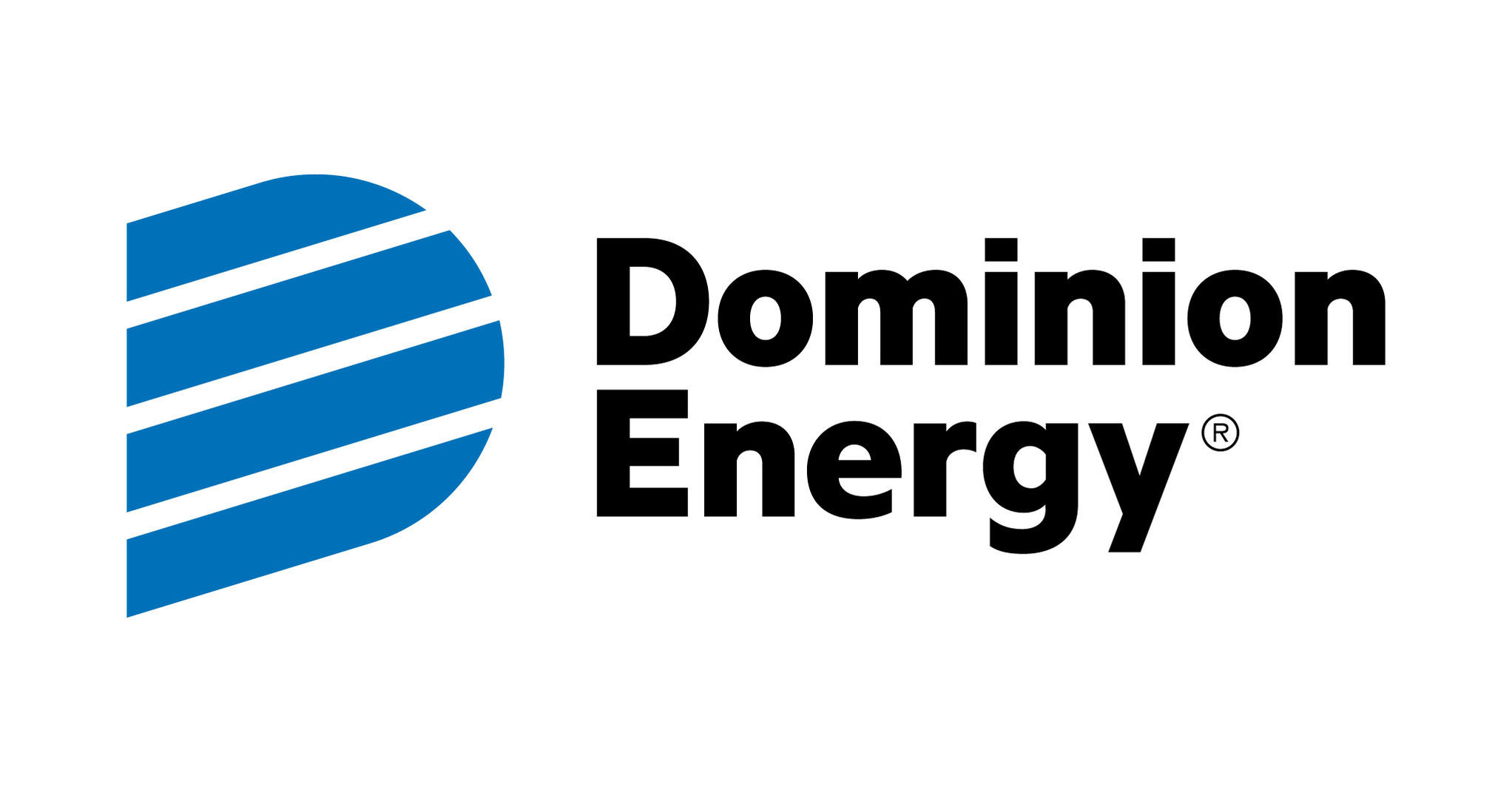
Dominion Energy’s anticipated earnings per share (EPS) of $0.93 and revenue of $4.18 billion for the upcoming quarter.
The company’s price-to-earnings (P/E) ratio is approximately 29.80, indicating investor valuation of its earnings.
Dominion Energy’s debt-to-equity ratio stands at 1.53, highlighting its financial leverage and reliance on debt financing.
Dominion Energy (NYSE:D) is a prominent player in the energy sector, primarily involved in the production and distribution of electricity and natural gas. The company operates in a highly regulated industry, which provides stability but also limits rapid growth. Dominion’s main competitors include Duke Energy and Southern Company, both of which also focus on regulated utility services.
As Dominion Energy prepares to release its quarterly earnings on November 1, 2024, Wall Street analysts project an earnings per share (EPS) of $0.93 and revenue of approximately $4.18 billion. The anticipated positive results are driven by regulated investments and increased sales volume, as highlighted by Zacks Investment Research. However, the company may not have the ideal combination of factors needed for an earnings beat.
Dominion Energy’s financial metrics provide insight into its market valuation. The company’s price-to-earnings (P/E) ratio is approximately 29.80, indicating the price investors are willing to pay for each dollar of earnings. Its price-to-sales ratio stands at about 3.47, reflecting the market’s valuation of its revenue. Additionally, the enterprise value to sales ratio is around 6.40, suggesting how the market values the company’s total worth relative to its sales.
The enterprise value to operating cash flow ratio is approximately 13.00, indicating the company’s valuation in relation to its cash flow from operations. Dominion Energy’s earnings yield is about 3.36%, providing insight into the return on investment for shareholders. The debt-to-equity ratio is 1.53, highlighting the company’s financial leverage and reliance on debt financing. Lastly, the current ratio is approximately 0.93, suggesting the company’s ability to cover its short-term liabilities with its short-term assets.

